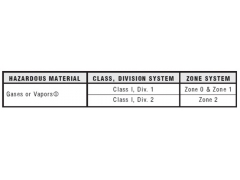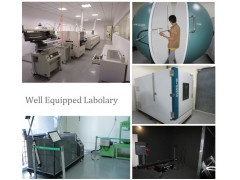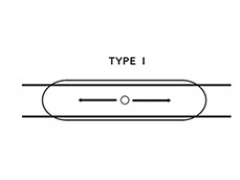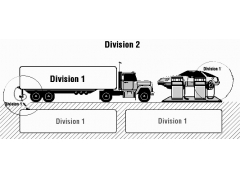Harsh and Hazardous Location lighting Manufacturer
[email protected] +86-25-85508029
Submit a Request
How would Brexit affect ATEX equipment
ATEX equipment is governed by the EU ATEX directive - the acronym itself comes from the French Appareils destines a etre utilises en atmospheres explosibles, or at least from the start of the last two words. There are actually two directives...
Comparison between the Class, Division System and the Zone System
The evolution of hazardous location electrical codes and standards throughout the world has taken two distinct paths. In North America, a Class, Division System has been used for decades as the basis for area classification of hazardous (cla...
How to choose the right industrial explosion proof lighting
Using improper fixtures in a hazardous location can cause an explosion by arcing and igniting any flammable gases or dust particles present in the air. Examples of hazardous locations include grain elevators, oil refineries,and chemical pla...
LED Lighting Distribution Types Quick Reference Guide
Type I The Type I distribution is great for lighting walkways, paths and sidewalks. This type of lighting is meant to be placed near the center of the pathway. This provides adequate lighting for smaller pathways. Type I is a two-way latera...
Types of protection (IECEx & ATEX)
To ensure safety in a given situation, equipment is placed into protection level categories according to manufacture method and suitability for different situations. Category 1 is the highest safety level and Category 3 the lowest. Although...
Definitions of Class, Division and Group Hazardous Locations in N.A. Market
In North America, the classification system that is most widely utilized is defined by the NFPA Publication 70, NEC, and CEC. They define the type of hazardous substances that is, or may be, present in the air in quantities sufficient to pr...





